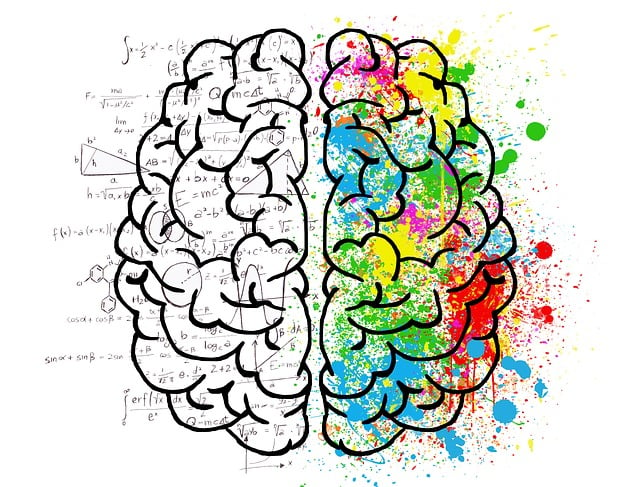Table of Contents
Introduction
Statistical moments are essential statistical descriptors that provide insights into the characteristics of a probability distribution. They are used to quantify the shape, central tendency, and dispersion of a data set. In this section, we will discuss moments, absolute moments, factorial moments, skewness, kurtosis, and Sheppard’s corrections.
Moments
In probability theory and statistics, the ![]() th moment of a random variable
th moment of a random variable ![]() is defined as:
is defined as:
![]()
where ![]() denotes the expectation operator. The
denotes the expectation operator. The ![]() th moment provides information about the central tendency of the distribution. The first moment (
th moment provides information about the central tendency of the distribution. The first moment (![]() ) is the mean of the distribution.
) is the mean of the distribution.
Absolute Moments
Absolute moments are similar to moments, but they consider the absolute value of the deviations from the mean. The ![]() th absolute moment of a random variable
th absolute moment of a random variable ![]() is defined as:
is defined as:
![]()
Absolute moments provide insights into the spread of the distribution and are less sensitive to outliers compared to raw moments.
Factorial Moments
Factorial moments are a generalization of raw moments that incorporate both the moments and the factorial functions. The ![]() th factorial moment of a random variable
th factorial moment of a random variable ![]() is defined as:
is defined as:
![]()
Factorial moments capture the correlations between multiple moments and are used in analyzing complex distributions.
Skewness and Kurtosis
Skewness measures the asymmetry of a probability distribution. Positive skewness indicates a longer tail on the right, while negative skewness indicates a longer tail on the left. The skewness of a random variable ![]() is defined as:
is defined as:
![]()
where ![]() is the third moment and
is the third moment and ![]() is the standard deviation.
is the standard deviation.
Kurtosis measures the peakedness and tail behavior of a distribution. High kurtosis indicates heavy tails and sharp peaks, while low kurtosis indicates light tails and flat peaks. The kurtosis of a random variable ![]() is defined as:
is defined as:
![]()
Sheppard’s Corrections
Sheppard’s corrections are adjustments made to sample skewness and kurtosis to make them unbiased estimators of population skewness and kurtosis. These corrections involve adjusting the raw moments of the sample to account for bias and provide more accurate estimates.
Applications and Drawbacks
Statistical moments and their measures find applications in various fields, including finance, engineering, biology, and social sciences. They help in understanding data distributions, risk assessment, and model fitting. However, these measures have limitations, such as sensitivity to outliers and dependence on distribution assumptions.




